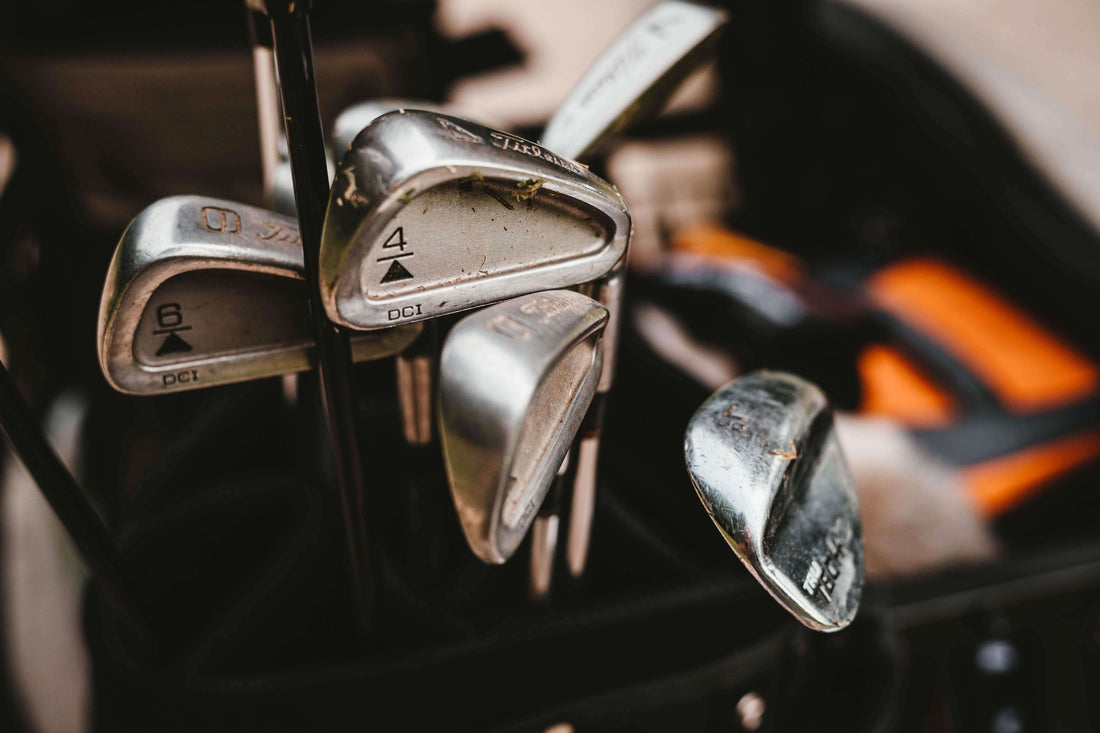
Why You Should Buy Second Hand Golf Clubs
Share
Why You Should Buy Second Hand Golf Clubs
Cost can significantly impact people entering golf, involving thousands or even tens of thousands of euros/dollars for equipment and club membership fees. Location plays a major role in costs. But a substantial saving option is the second-hand market for clubs. We advocate for second-hand golf clubs due to their cost-effectiveness, especially for newcomers.
Second Hand Golf Clubs for Brand New Golfers
For those new to the game, second-hand clubs make perfect sense. Starting out poses challenges, such as an inconsistent swing and the risk of investing heavily only to abandon the sport shortly. Second-hand clubs offer a solution – if you decide to quit, you can often resell them for close to the purchase price, or even at a profit.
Why Second Hand Over Chain Store Sets?
Opting for a cheap, new set from a chain store might seem like a logical choice. However, the reality is that even older clubs from reputable golf brands often offer better quality. Consider this: a brand-new driver can cost €500, but a 20-year-old one from the same brand might only set you back €20. A test by Rick Shiels showed that the distance gap is less than 20 yards between new and older clubs, proving that older clubs can perform just as well.
Golfers Looking to Upgrade
Even if you've been golfing for years, there's a good chance you can benefit from upgrading via the second hand route. Annual upgraders can find great deals. After a few disappointing rounds, some people sell their new golf equipment, blaming it for their performance. By opting for gently used items, you can save money and still get a great deal.
For this second group, a crucial consideration is allocating some potential savings for a professional club fitting. Although it may cost a couple of hundred, the long-term savings can be substantial. Consider this scenario: you have a TaylorMade driver in your bag, and a pro recommends a shaft perfectly suited to your game. Since modern drivers and woods have interchangeable shafts, upgrading to a newer driver next year becomes easy—just pop in your old shaft. You could even sell the shaft that came with the new-to-you driver to offset some of the cost, resulting in a win-win situation. It's essential to stick with the same driver brand, as the adapters aren't universal with this approach.
Where to Buy
As with buying anything second hand, whether it's a car, clothes or a house, it's always a case of caveat emptor: buyer beware! Things like Facebook Marketplace, eBay, and communities like Donedeal in Ireland, Craigslist in other places are all options.
It's always great to check the clubs, rather than buying sight unseen. While photos can tell so much, they might not show everything.
I have seen massive sky marks that are only visible in real-life. I've also seen second hand clubs with mismatched shafts in the set, rattles in the head, hairline fractures in the clubface, rendering them completely useless. So whenever possible, try and get them in your hands first.
Another tactic to look at is for golf retailers, and pro shops. Not only do they sell trade-ins without too much margin, but at the end of the season they sell off their old demo clubs, and for club pros, any rental sets they might have. These can often be great bargains. But you can typically get a short warranty to give peace of mind as well. As a matter of fact, my own first adult size of clubs was a full-set Titleist bag, woods and irons, from my local pro.
What to Look For
Things I'm not worried about, include the clubs being overly dirty, and bad grips. If the grips are hard, shiny and/or cracked then it's easy to change them later. In fact, that's how Low Chaser was born, when I just bought some second hand P790s! For a minimal investment, new grips can transform a second hand set of clubs.
Regarding them being dirty, it's easy to clean clubs with some warm soapy water, and a good brush. The only real question is "could the dirt be hiding any damage?". For both of these, look at how you can turn it into an advantage. Can you negotiate the price down?